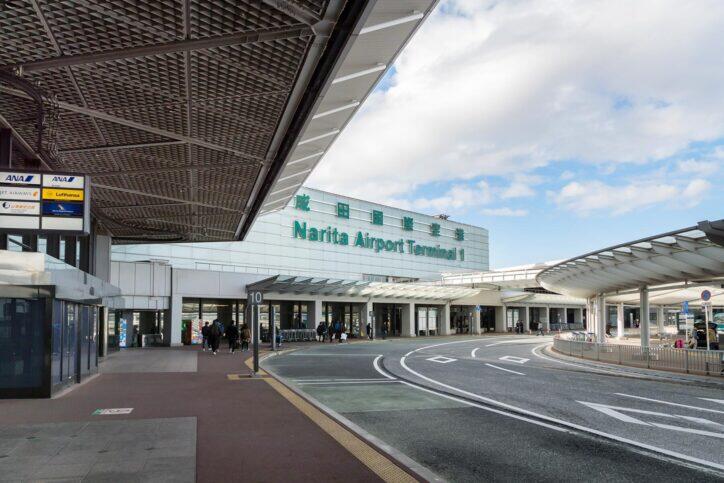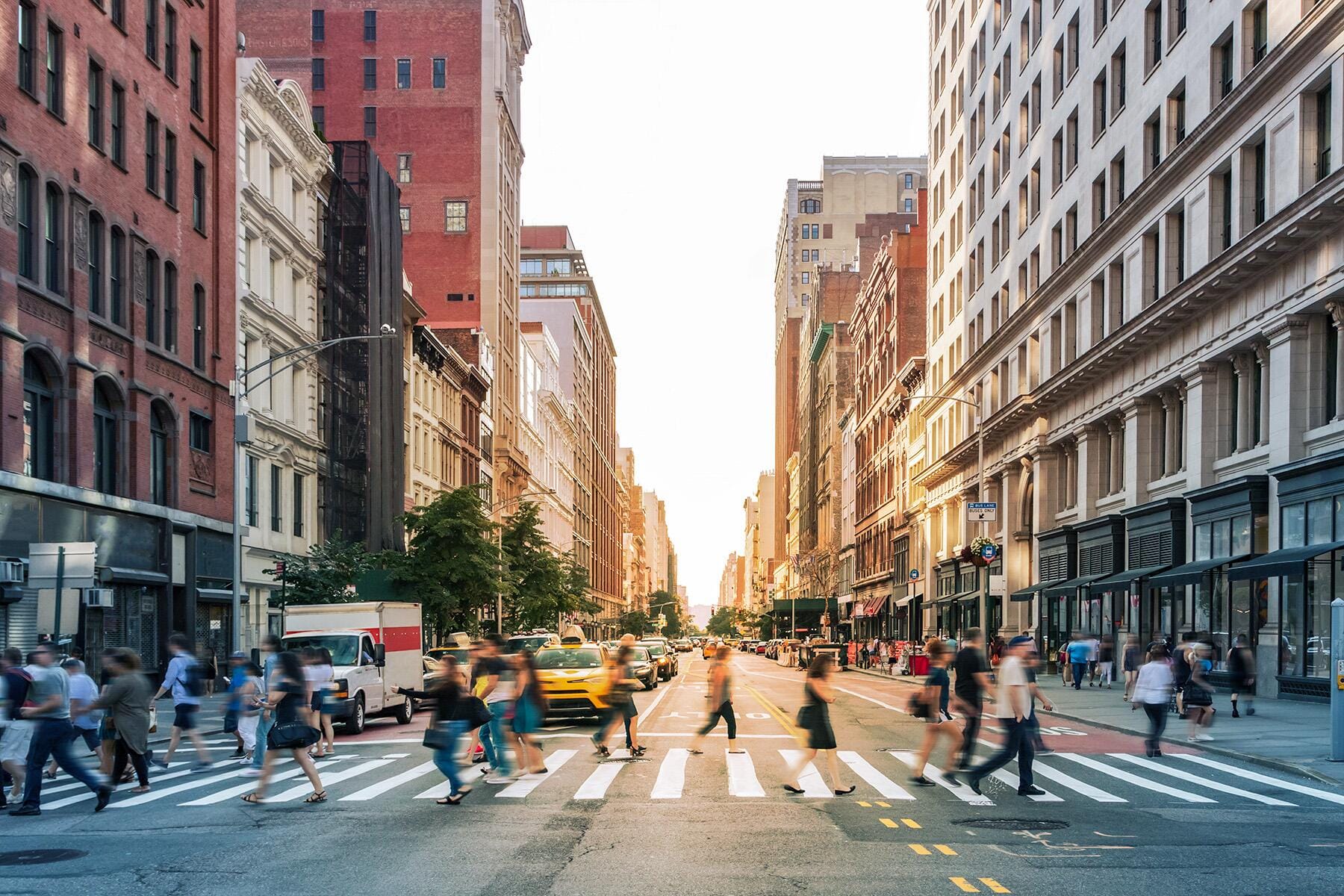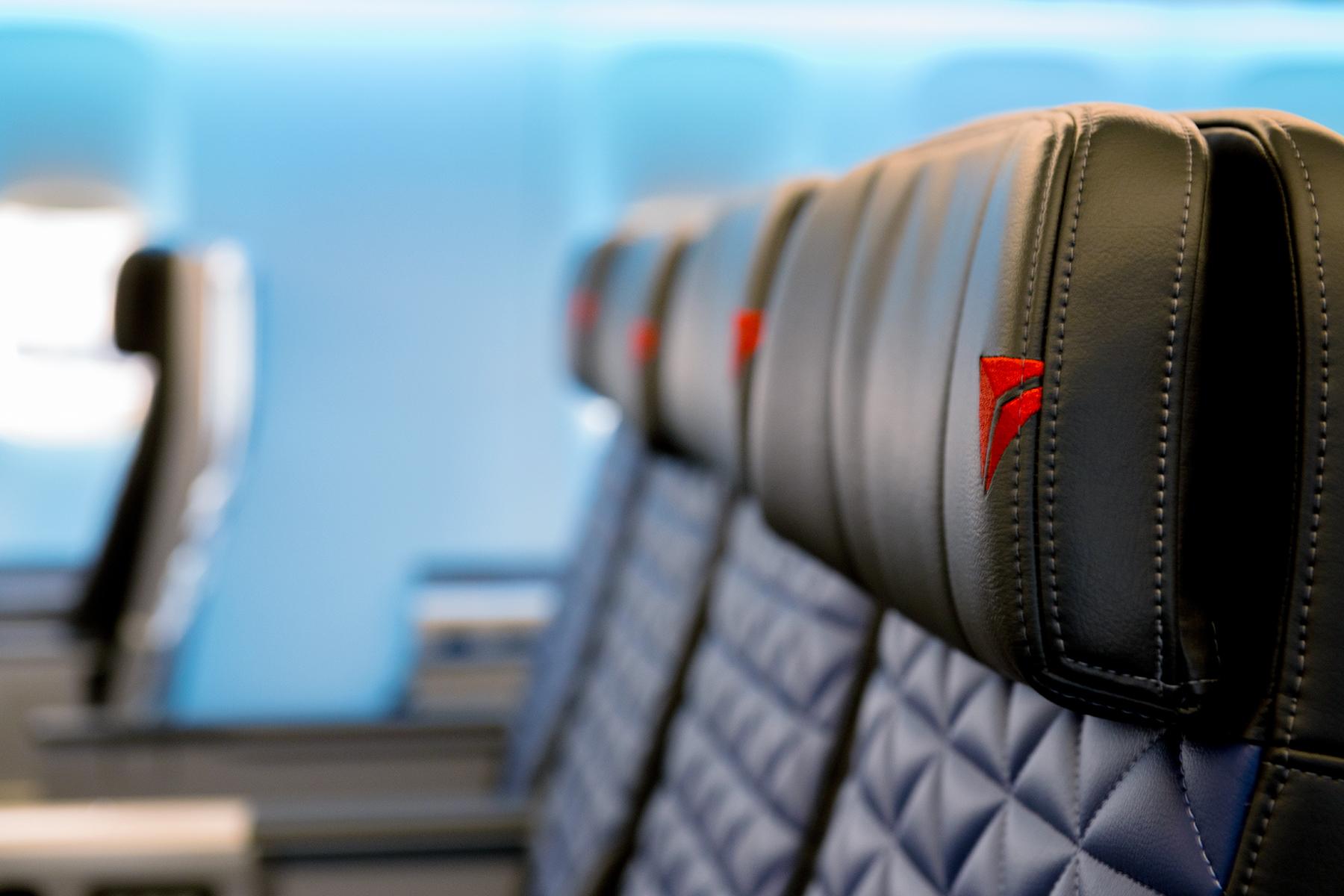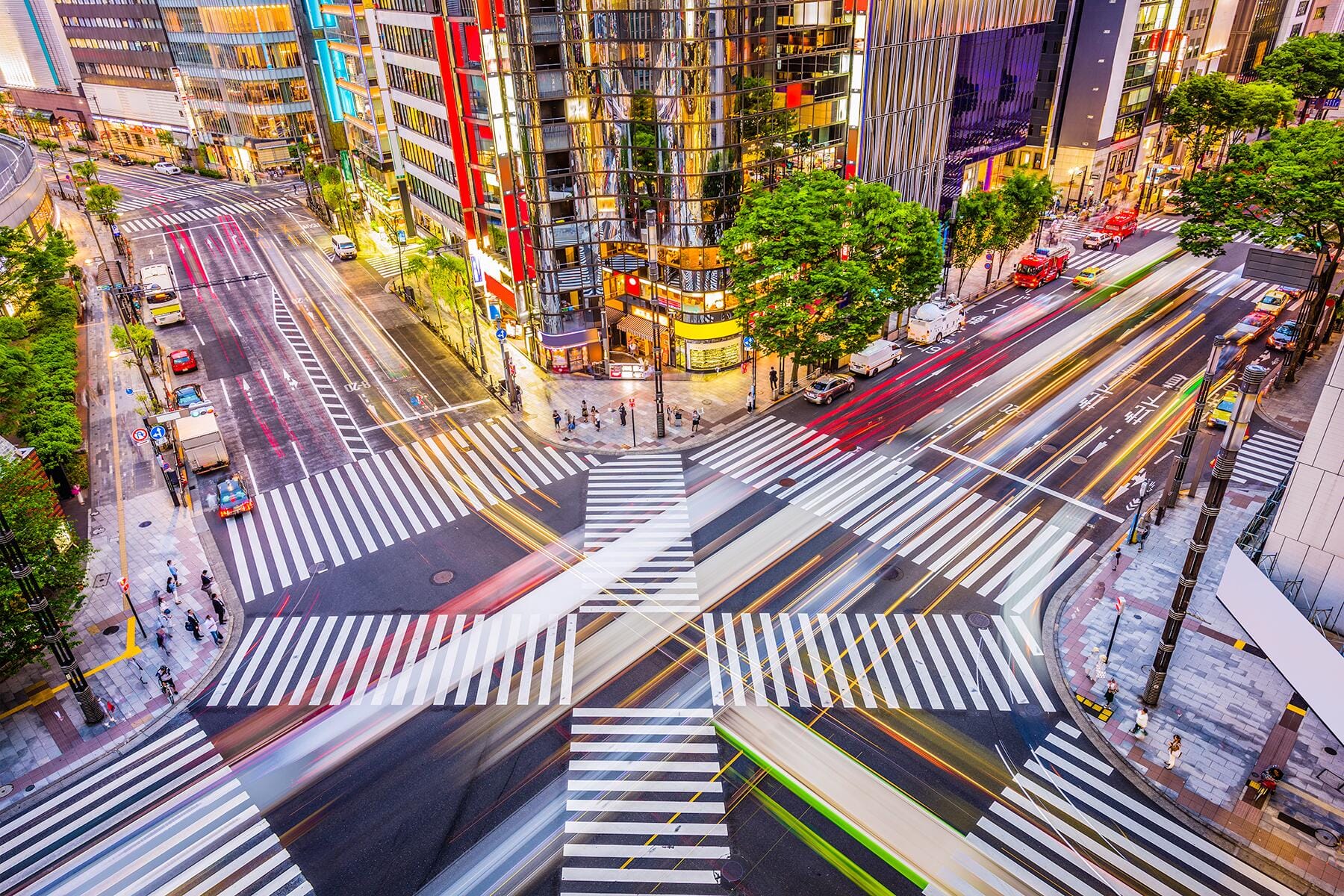Here’s how to get around Tokyo with ease.
I remember visiting Tokyo in the 1990s and struggling to figure out the transit system marked by Japanese signs and snaking route maps. Fortunately, with the advent of Google Maps and smartphones, it’s become far easier for travelers to master public transportation in Japan’s capital city.
Tokyo’s transit system is considered one of the most efficient in the world: the trains and buses are timely, clean, safe, and inexpensive. Don’t be intimidated if you don’t know any Japanese, as the signs and announcements are also in English.
The system does have a few unexpected elements, such as train lines that shut down overnight and stations without escalators or elevators. You may also encounter some cultural quirks, such as staff that stuff people into cars during rush hour.
Here’s everything you need to know to make the most of Tokyo’s public transportation.

How to Ride Tokyo’s Subways
In Tokyo, I get around by subway almost exclusively. I rarely take taxis as they are expensive, or buses as they can be unreliable due to traffic. The trains, on the other hand, run like clockwork and are easy on the wallet. For example, a ride from Shinjuku to Shibuya takes three stops on the Yamanote line and costs 170 yen or $1.17 US.
Tokyo’s train system consists of multiple lines run by different companies such as Toei, Metro, and JR, many of which go to the same stations. I recommend using Google Maps to determine the easiest and fastest way to get point A to B. Plug in your start and end points, and Google Maps will tell you everything you need to know: train lines and platform numbers, price, if and when you need to switch trains, departure and arrival times, where to enter and exit the stations, and whether there are delays.
Top Picks for You
Recommended Fodor’s Video
Pay attention to the exact entrance and exit points noted by Google Maps, as Tokyo’s subway stations can be enormous and take some time to traverse. Some routes have express trains that let you get to the destination faster, while others require multiple changes, which I try to avoid. Although I recommend having Internet on your smartphone (through an e-sim or pocket WiFi) to easily access Maps, you can usually connect to free WiFi at Tokyo’s major stations.
Prepaid IC Transit Cards
Travelers can buy individual tickets whenever they ride the rails, but it becomes a hassle to stand in line, calculate the price, and pay every time. If you’re in Tokyo for more than a few days, I advise getting a prepaid electronic card known as an IC (integrated circuit) card.
The two main transit cards, Suica and Pasmo, can be used interchangeably on all of Tokyo’s public transportation systems. For tourists, there’s essentially no difference between them (I’m partial to Suica simply because it has a cute penguin mascot!).
You can purchase an IC card at one of Tokyo’s airports or from metro ticket machines. After putting down a 500 yen deposit, you can load your card with as much yen as you’d like. Simply beep the card at the gate, and the fare is automatically deducted when you reach your destination.
Travelers can also use IC cards to pay for buses, lockers, and some shops such as convenience stores that display the card logo. Although you can download apps for the cards, they’re a little complicated, so I don’t recommend them for visitors. However, if you have an iPhone, you can easily add one to your Apple Wallet under “transit card.” Take the reloadable card home with you to use on your next trip; you may have to ask the staff to reactivate it if you’ve been gone for a while.

Japan Rail Pass and Day Passes
Tourists with a temporary visitor visa can purchase a Japan Rail Pass, which provides unlimited rides on the JR rail system for one, two, or three weeks. The J Rail Pass is expensive – starting at 50,000 yen for seven days – so it may not be worth the price unless you are taking the bullet train to multiple distant cities within the time frame.
For example, if you plan on seeing Tokyo, Nagoya, Kyoto, and Osaka in a week, then the 7-day pass would be worth it. During this period, you’ll have unlimited rides on Tokyo’s local JR subways and buses. However, if you’re only sticking around the capital, then it wouldn’t make economic sense to purchase a Japan Rail Pass.
Tokyo Metro also sells a one-day unlimited pass for 600 yen, which you can buy from the ticket machines at Tokyo Metro stations. However, it limits you to the Metro lines and may not be worth the cost if you aren’t taking many trains or will change your plans for the day. Instead, I recommend a reloadable electronic card as the most convenient option for public transit.
Transportation System Quirks
Tokyo’s transit system has some oddities that can take visitors by surprise. In a city that never sleeps, you may be astonished to hear that trains and buses generally stop running between midnight and 5 am. If you miss the last train and are staying far away, then you may have to resort to taking a pricey taxi or spending the night in a capsule hotel, manga café, or other crash pad.
Before a late night out in Tokyo, use Google Maps to figure out when the last train leaves and get on the platform well before the final departure. If you want to stay out past midnight, be ready to party until dawn or end up somewhere where you can walk or take a short taxi ride back.
Additionally, not all of Tokyo’s stations are built with accessibility in mind. Many lack elevators or escalators, which has left people struggling with suitcases over multiple flights of stairs. Check this accessibility guide before your trip; generally, major hubs like Shinjuku and Asakusa will have elevators or escalators.

Transiting From Tokyo’s Airports
Both Haneda and Narita airports are far from central Tokyo. It can take 45 minutes to two hours to get to your hotel after landing, depending on where it’s located. A taxi to the city is out of the budget of most travelers, so the Airport Limousine Bus or train are your best bets.
Once again, Google Maps can help you determine the fastest and cheapest train routes. Pay attention to the number of changes, walking distance, and accessibility, especially if you’re carrying a lot of luggage.
From Narita Airport, visitors can ride the Narita Express or Keisei Skyliner into the city. Both trains cost around 2500-3500 yen, depending on where you are disembarking; I recommend checking your route on Google Maps to see which option makes the most sense. The Narita Express requires an advance reservation, and the cost is included in a Japan Rail Pass. Both N’EX and Keisei offer advance and roundtrip discounts through their websites.
From Haneda Airport, travelers can ride the Keikyu Airport Line to Shinagawa Station in 11 minutes or take the Tokyo Monorail to Hamamatsucho Station in 13 minutes. Tickets cost 550 to 800 yen, depending on where you get off. You can then transfer to other lines to get to your endpoint.
I usually take the Airport Limousine Bus, which costs about 3200 yen each way and departs regularly from Haneda and Narita to various stops in central Tokyo. I like being able to load my suitcase onto the bus and relax until I reach my destination, rather than dragging it through train stations. The Limousine Bus offers discounted roundtrip vouchers for tourists through approved travel agencies as well.
Etiquette and Other Transit Tips
During rush hour, Tokyo’s stations turn into a sea of people speed-walking in all directions. You might even see uniformed oshiya (Passenger Pushers, dedicated station employees who pack trains) cramming passengers onto cars like sardines! For a less claustrophobic experience, try to avoid the peak transit times (7-9 am and 5-7 pm). Some trains have pink “Women Only” cars designated for female-identifying individuals during rush hour.
Let’s end with a few etiquette tips. In Japan, people stand or walk on the left side of stairs and escalators. When you reach the platform, join the cue behind the yellow line and allow passengers to disembark before boarding. On local trains, it’s considered impolite to talk on the phone or eat.
Finally, although the transit staff will be unfailingly polite, they may not be able to speak English. If you need to ask a question, you might turn to your smartphone for instant translation. Or, as we did in the 1990s, learn a few lines in the local language. These small efforts can go a long way in making your public transportation experience a breeze.



